We check out how Continental’s ContiSeal can help us soldier on through certain situations without a hitch owing to its special technology

Story: Gaurav Davare
Photography: Continental Tyres
Despite all the advancements in tyre technology over the years, there’s still one challenge that manufacturers face: tyres that can tackle puncture situations. One of the solutions is to either have run-flat tyres or self-healing ones. Continental cater to the latter with their ContiSeal technology. A self-healing tyre is quite an interesting proposition in theory, but seeing it actually work gives one more assurance. Thus, we found ourselves at the
WABCO proving grounds in Chennai to put the Continental ContiSportContact 5 fortified with the aforementioned ContiSeal technology to the test.

Before we get to how the tyres fared, let us first get into the nitty-gritty of how ContiSeal works. Basically, there’s a viscous sealant layer that has been added on to the contact surface of the tyre. It can seal punctures up to five millimetres pretty much instantaneously and this sealant remains active during the tyre’s full lifecycle. Of course, its effectiveness will depend on age and the kilometres clocked. Also note that this sealant isn’t meant for protection against sidewall tears, so one should be cautious while navigating rough and jagged surfaces.

We essentially got a live demonstration of how ContiSeal works as a Range Rover Evoque, shod with the aforementioned tyres, was driven over a patch strewn with nails. In this demonstration, not only did the tyres stay intact, but the sealant’s effect was so instantaneous that it didn’t affect the air pressure one bit.

The most impressive aspect was that right after the puncture demonstration, we straightaway went on to put these tyres through a couple of tests. While the tests weren’t extensive enough to give us a proper idea of how the sealant affects ride and handling, we did put them through a dry and wet braking test. What really stood out here wasn’t only the tyres’ stability, but the impressively short braking distance, be it while driving a Range Rover Evoque or an Audi Q7. In all this, the tyres felt very stable despite going through puncture tests.

While the Continental ContiSeal technology isn’t available for the company’s Indian tyre line-up yet, it will first be introduced on the Continental ContiSportContact 5 range with a launch scheduled for the third quarter of 2025.
Even though our time with these tyres was limited, it was certainly reassuring to see this kind of tyre technology being introduced in India. It holds the promise of a certain peace of mind on our varying road surfaces and the assurance of not having to reach for the spare tyre, especially when it’s a heavy vehicle, or having to rely on roadside puncture menders.
Also Read:
Mercedes-Benz G 580 Is the Geländewagen Electrified
Continental Zone Control Units Further Server-based Vehicle Architecture


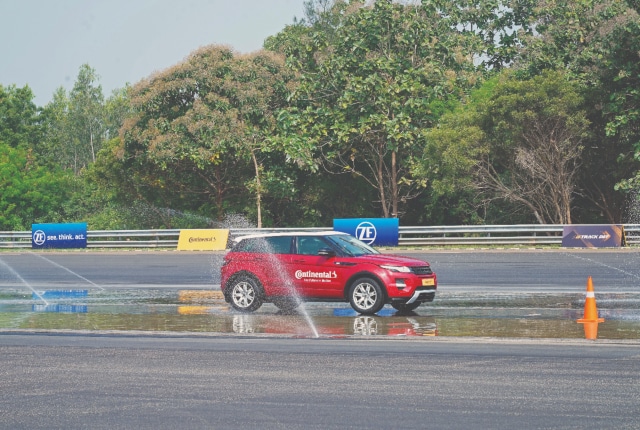



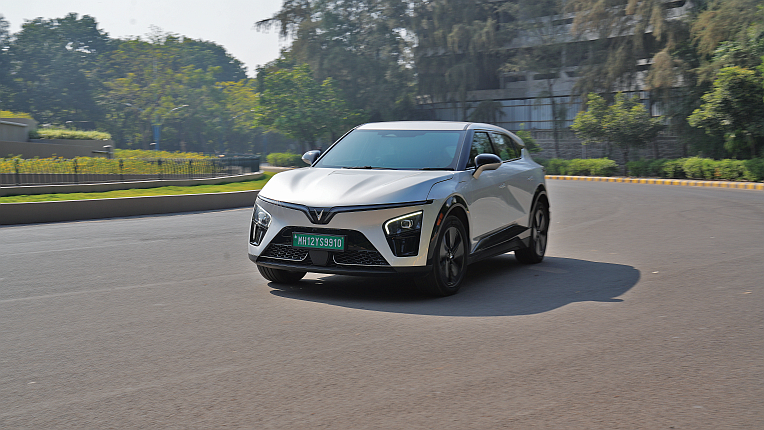
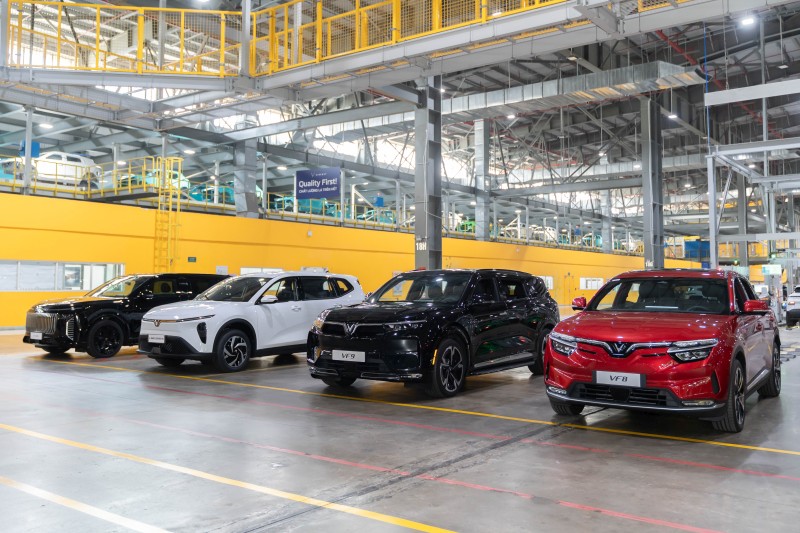
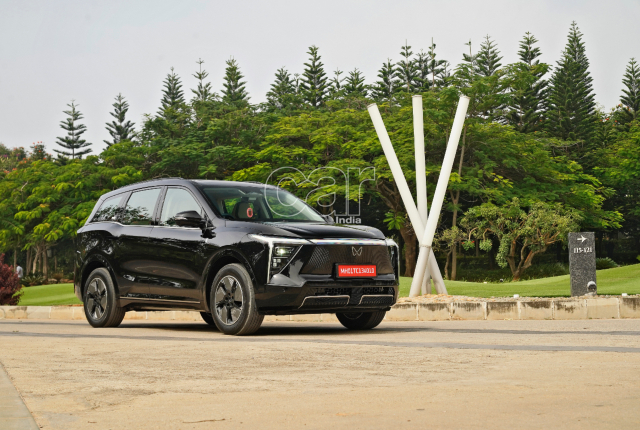
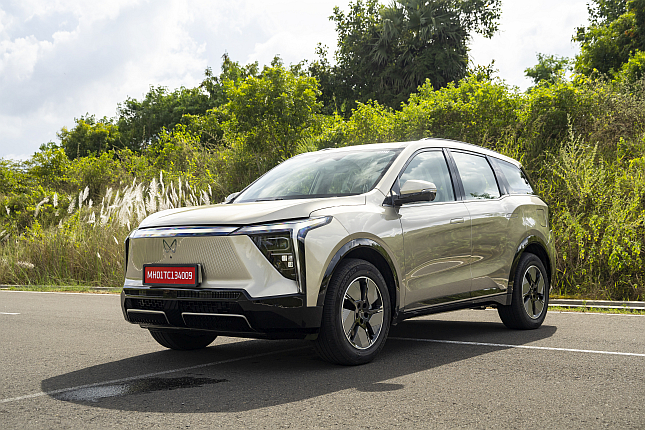




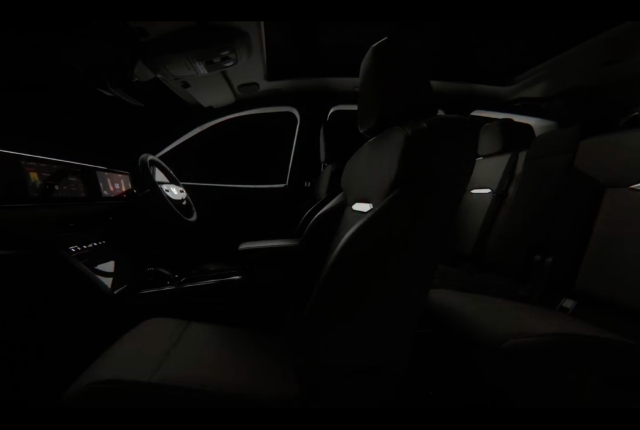

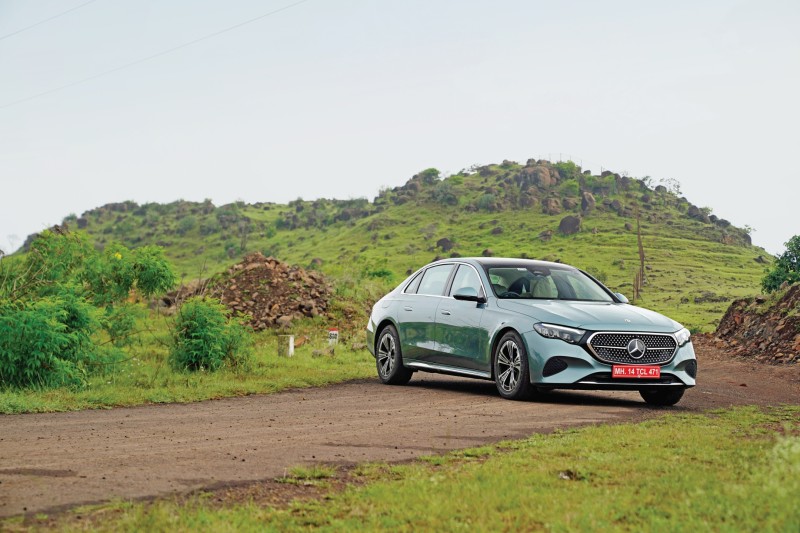


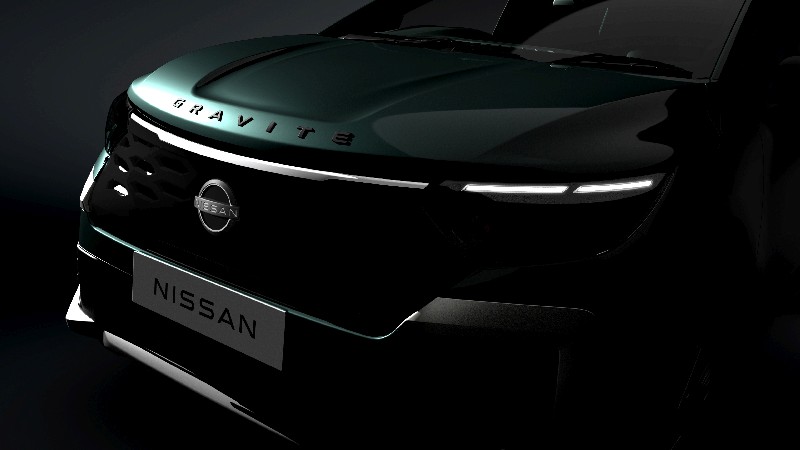
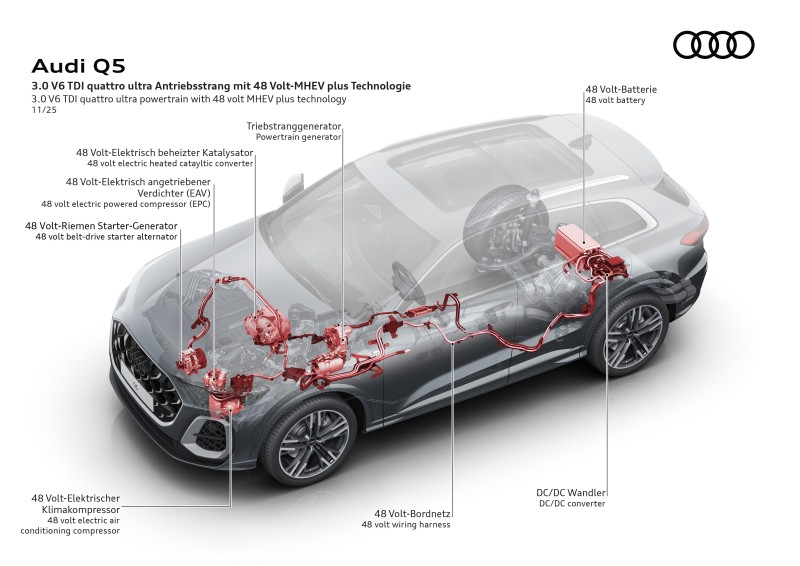

Leave a Reply